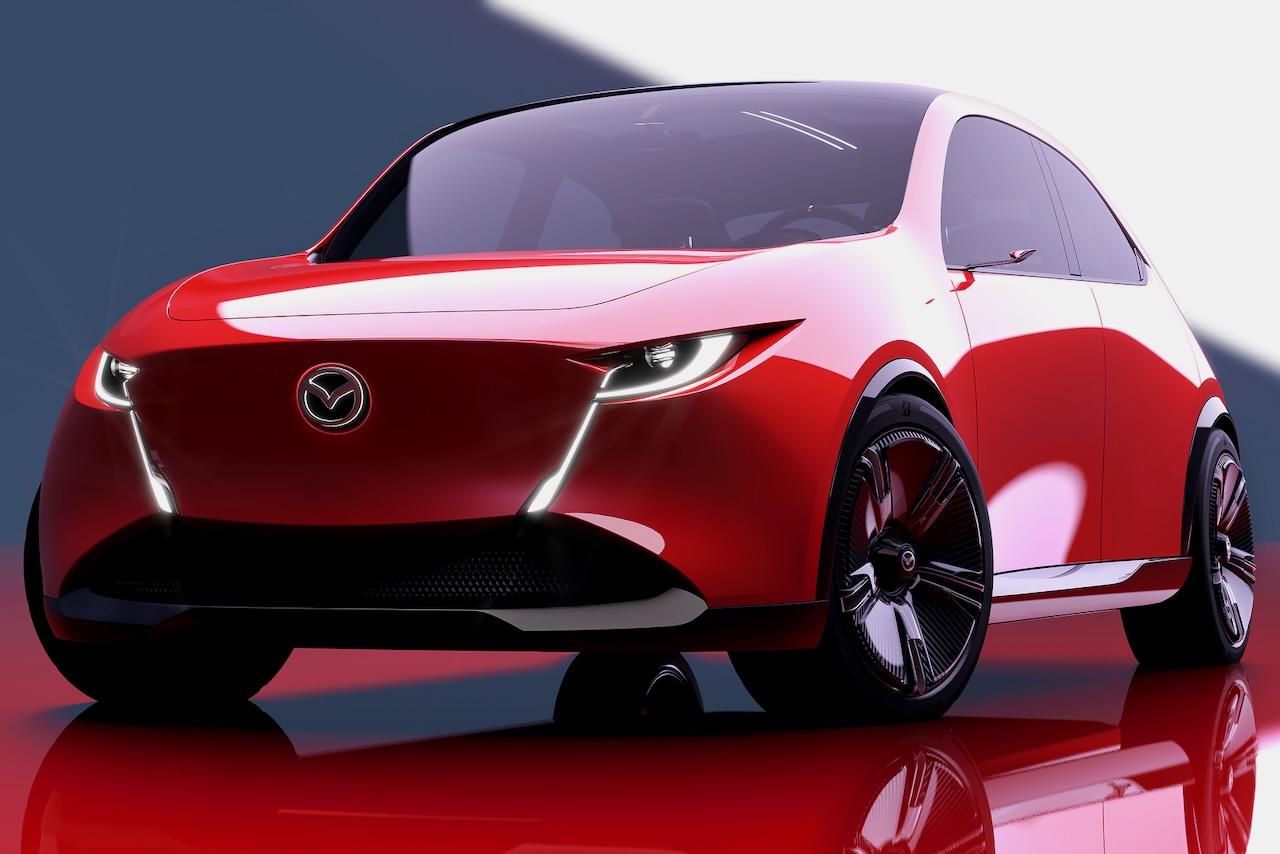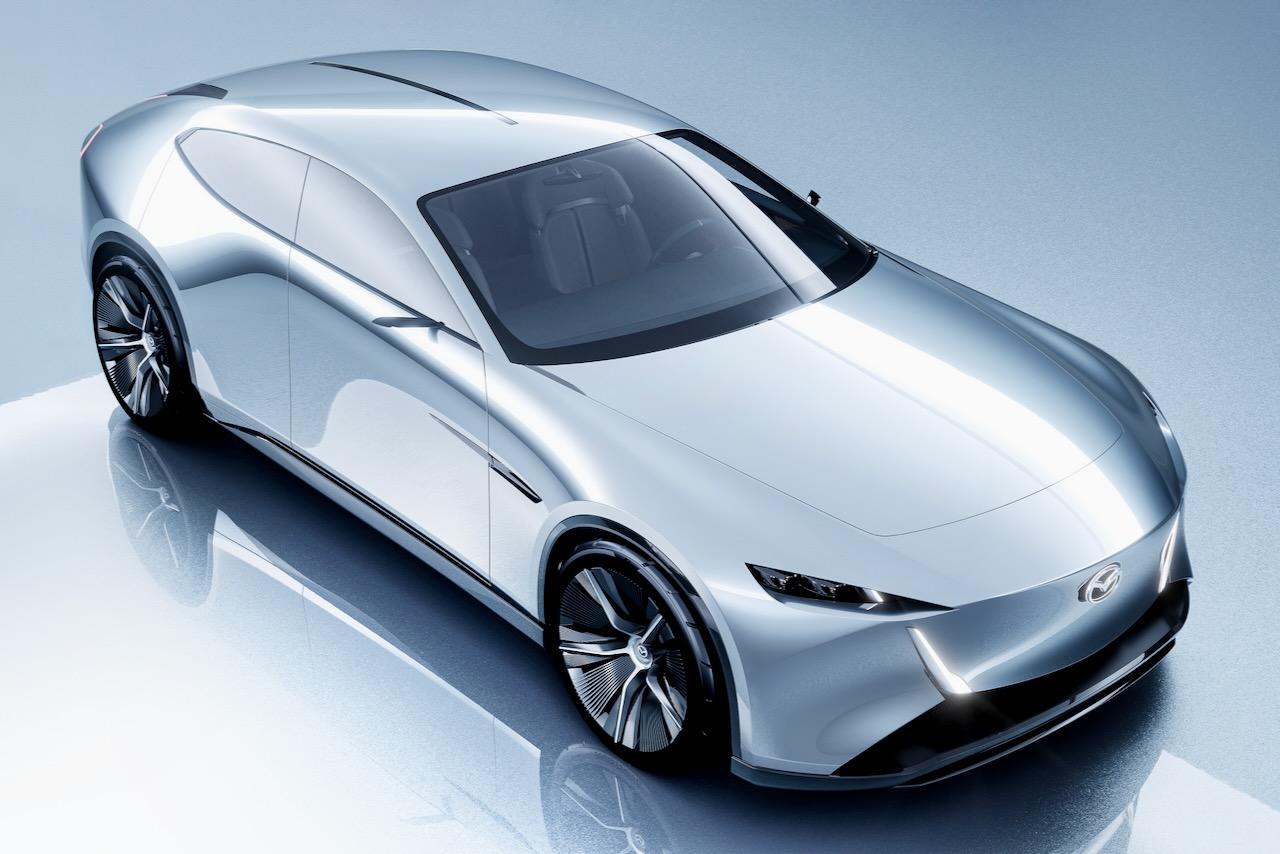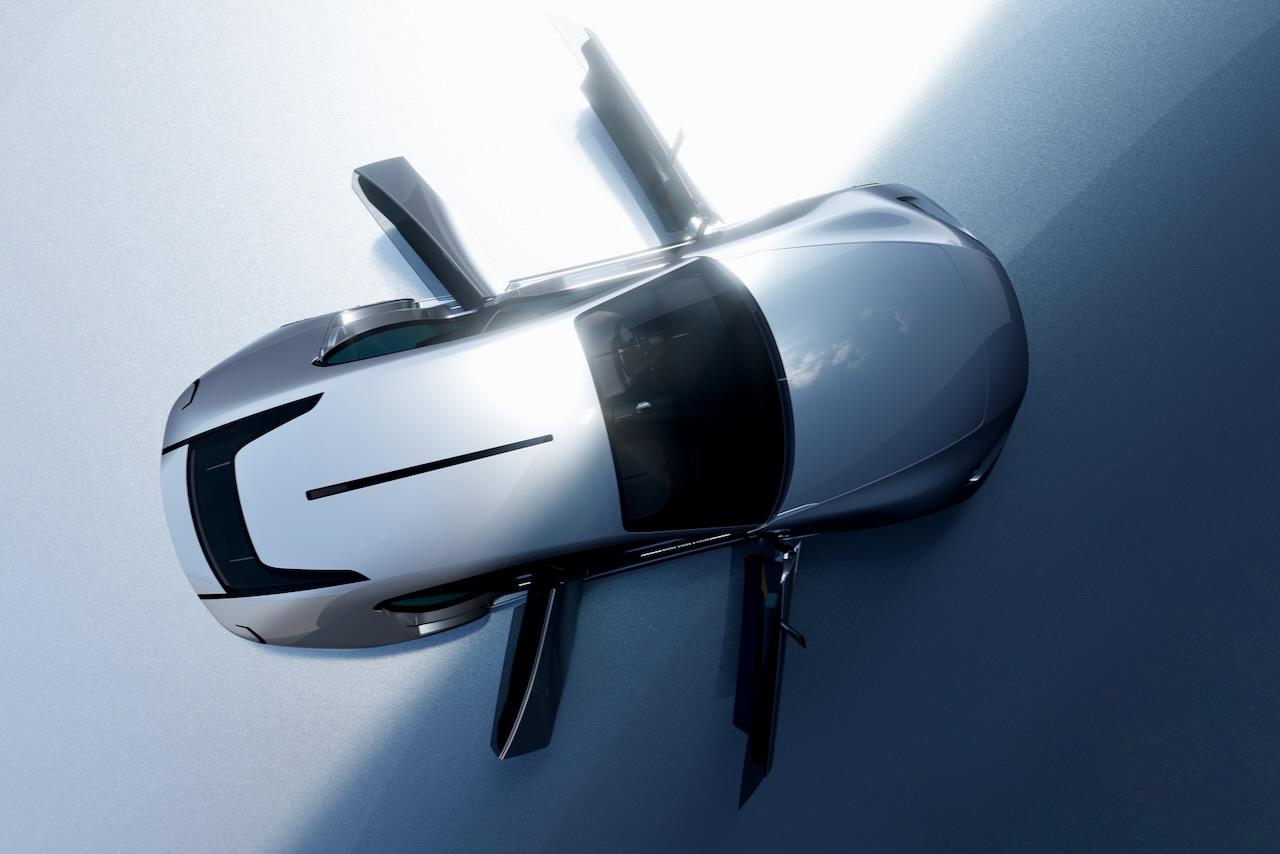Mazda’s global finance chief has questioned the auto industry’s blind push toward electric vehicles (EVs), arguing the conversation around sustainability has become too focused on tailpipe CO2 emissions and not the total carbon footprint from production to disposal.
Speaking at the 2025 Japan Mobility Show yesterday, Mazda Motor Corporation’s Representative Director and CFO Jeff Guyton told Australian journalists the company’s strategy is driven by “real-world” energy use, not headlines about zero tailpipe emissions.
“The push started because it’s very easy to say, look, no tailpipe. And of course, we want less carbon in the atmosphere. Yes, we want fewer greenhouse gas, yes,” he said.
CarExpert can save you thousands on a new car. Click here to get a great deal.

“But the fundamental mistake we made as a society, I think, is we didn’t look at well-to-wheel.”
Guyton said Japan’s dependence on imported energy has long shaped Mazda’s pragmatic approach to emissions reduction – an approach that values efficiency and reuse across all technologies rather than betting solely on battery-electrics.
“Japan imports substantially all our raw materials and our energy. Japan has always been focused on reuse, recycling – use less stuff, use less energy,” he said.
“So whatever the form is, there’s a very rational approach of using less energy. So EV doesn’t… you know, we have to make our electricity here. A lot of it comes from fossil fuel. That doesn’t really save the planet.”

While most major manufacturers used this year’s Tokyo motor show to showcase the latest in EVs and software-defined vehicles, Mazda focused on a pair of plug-in hybrid concept cars – the Vision X-Coupe and Vision X-Compact – both of which combine electric and combustion power, the latter via the brand’s signature rotary engine.
Mr Guyton’s comments come at a time when governments globally, including in Australia, are tightening emissions regulations. Locally, the New Vehicle Efficiency Standard (NVES) takes effect from 2025 and is designed to accelerate the rollout of EVs.
However, Mazda remains one of the slowest movers in the EV space. Its first dedicated electric model, the MX-30 Electric, was discontinued in several markets due to poor demand, and the upcoming Mazda 6e will be its first fully electric sedan in Australia.
Mr Guyton’s criticism of the industry’s EV obsession with tailpipe emissions echoes growing sentiment among Japanese automakers that EV mandates overlook regional energy mixes. He said Mazda’s focus will continue to be on reducing emissions across multiple technologies, including hybrids, plug-in hybrids, and alternative fuels.

“If our society spent half as much time talking about biofuel as we are talking about electric vehicles… wouldn’t it be great if we could apply a reduced-carbon or carbon-neutral fuel to all those cars that are running around on the streets?” he said.
“There’s more than a billion cars on the planet and, you know, we’re talking about adding EVs step by step, which by the way are not carbon-neutral. They’re just zero carbon at the tailpipe.”
His comments highlight a key tension for Mazda, a brand known for efficiency and driver engagement, which is now forced to navigate a world increasingly defined by regulatory targets.
In Japan, Mazda has signed on to joint research programs exploring synthetic and algae-based fuels capable of running in traditional combustion engines. The company says these fuels could help existing vehicles achieve carbon-neutral operation, offsetting emissions without requiring new infrastructure.

That approach aligns with Mazda’s “multi-solution” strategy, which avoids betting on a single propulsion technology. Rather than chasing headline-grabbing EV targets, the company is positioning itself as a technology pragmatist that’s willing to follow the market but not at the expense of affordability or practicality.
In Australia, that stance could resonate with buyers who have seen new-vehicle prices rise under NVES and infrastructure strain due to early EV adoption. Mazda remains one of the top-selling brands locally, with its CX-5 and CX-60, CX-70, CX-80 and CX-90 SUVs still dominating petrol and diesel segments.
As Mr Guyton put it bluntly: “Using less energy in some form – well, that’s sensible.”

